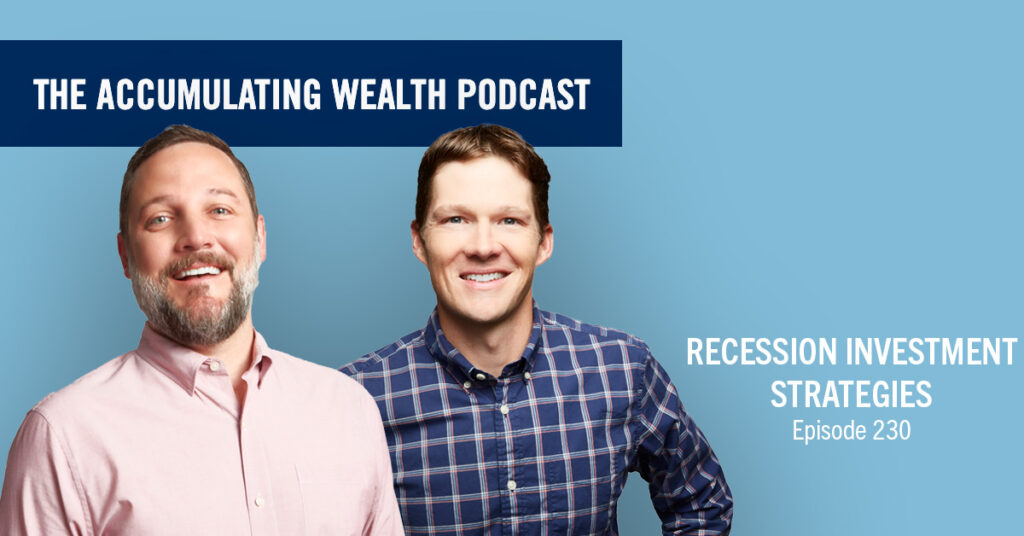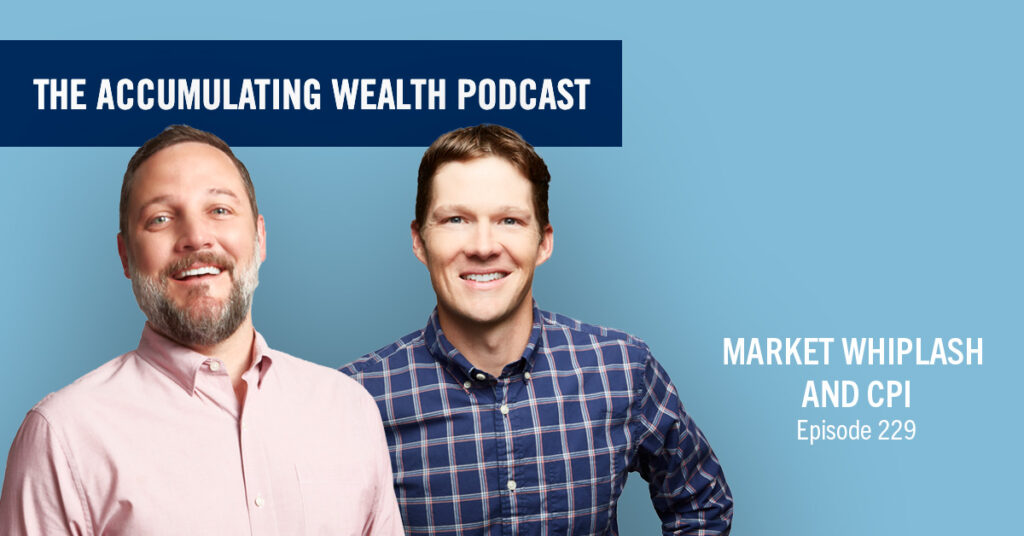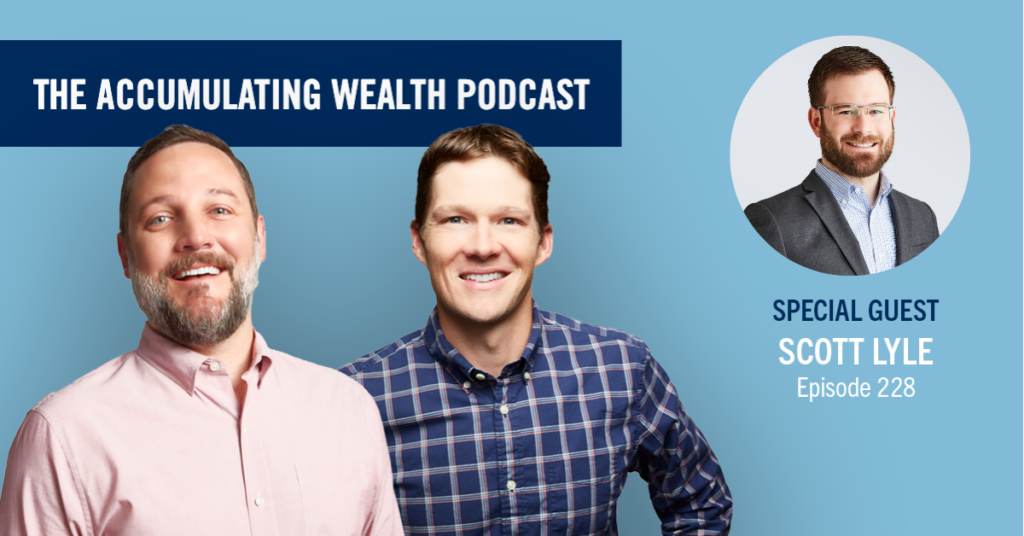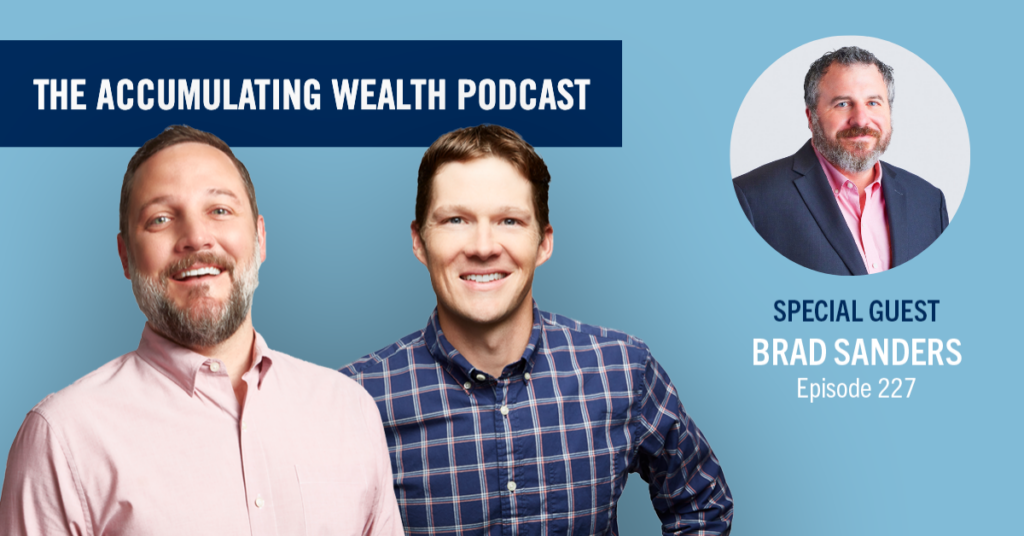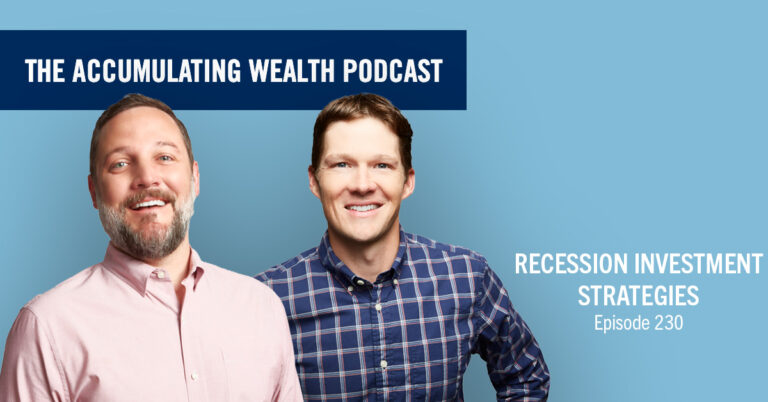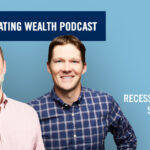Key takeaways
- Reach your retirement goals with a plan that maximizes returns and minimizes risk.
- Diversify your portfolio to reduce risk exposure.
- Include distribution planning to make your money last longer.
As we dive deeper into 2024, investors are eyeing their 401(k) savings plans with both anticipation and uncertainty. The tumultuous economic landscape of recent years, exacerbated by geopolitical tensions and the upcoming presidential election, creates an uncertain outlook for 2024.
On the other hand, the U.S. economy continues to grow, the S&P 500 recently hit new highs, and inflation remains stubborn.
It’s truly a mixed bag of indicators, leaving many investors wondering what to expect in terms of an average 401(k) investment return for 2024.
According to Brian Bortz, Partner at CWA, the key is less about trying to interpret the myriad of factors at play and more about knowing how to optimize and protect your 401(k) and other savings vehicles in a volatile environment.
“While the signs seem to be pointing in a positive direction for average 401(k) returns this year, the only thing investors can truly count on in the market is volatility,” says Brian. “That’s why it’s so important to have a financial plan in place and to begin executing that plan as soon as possible.”
The Importance of Retirement Planning
Benjamin Franklin once said, ‘If you fail to plan, you are planning to fail,’ and these words ring especially true when investing for retirement. Without a plan in place to maximize, investors often miss out on years of compounding interest. Or they don’t have the right investment mix in place to reach their retirement goals.
Brian says the key is to avoid trying to go at it alone. “There are so many nuances to crafting a retirement strategy based on time horizon, income needs, financial situation, lifestyle—it all gets factored in to craft a sustainable plan that moves a person toward financial security.”
Regardless of your unique retirement investment goals, Brian says it’s important to remember that retirement planning is a process.
“Sitting down with a financial advisor and putting a plan in place is just the start,” says Brian. “This is not a set-it-and-forget-it scenario. Re-evaluating the plan every year or two is a necessary part of the process.”
Case in point: the annual 401(k) contribution limit increased from $22,500 to $23,000 in 2024. Traditional or Roth IRA annual limits increased from $6,500 to $7,000 ($8,000 if over 50 years old).
Maximize 401(k) Upside, Protect 401(k) Downside
An integral element of retirement planning is gauging an investor’s risk tolerance. In general, younger investors often have a higher risk tolerance because they have more time to recover from potential losses. Those closer to retirement might prefer more conservative investments.
Brian says that’s just the starting place when discussing risk tolerance and how those choices can affect average 401(k) returns.
“It’s more than just being risk-averse or risk-tolerant,” says Brian. “It’s about making sure the investor has a full understanding of the implications of both.”
For example, if a 401(k) valued at $1,000,000 drops 50% in a year, its value is now $500,000. The next year, the 401(k) rate of return goes up 50%, so it’s back to $1,000,000, right? Wrong. It’s at $750,000.
“After a down year, it takes a lot more upside to get back to where you started,” says Brian. “This often leads investors to play catch-up by increasing their risk exposure, which can lead to more losses.”
By contrast, investors who are keeping too much of their nest egg in cash, or worse, who panic and sell during a downturn, often miss the bull market on the other side.
“There’s risk in being too risk averse,” says Brian. “This is why creating a plan that maximizes returns and minimizes risk is so important to reaching retirement goals.”
In general, risk tolerance in a financial plan can be loosely tied to the Rule of 72, which indicates how long it will take for a dollar to double. A risk-averse investor might build a plan based on an average 401(k) return percentage of 6% annually. Dividing 6 into 72 equals 12, meaning at a 6% return, a 401(k) would double in value every 12 years.
“Some investors use a 7% average 401(k) return percentage when planning, but that number gets refined as we dive into their lifestyle goals and risk tolerance,” added Brian.
To illustrate the levels of risk involved in the stock market, Brian looks at the standard deviation of the S&P, or the “typical” deviation from the mean. In terms of the S&P, this number is a statistical measure of market volatility, measuring how widely prices are dispersed from the average price.
“The S&P 500’s standard deviation is just a tick under 18,” says Brian. “So, for an investor who is in 100% stocks, there’s a 72% variance in any one year in terms of expected market return.”
Translation: that’s a lot of risk.
Diversification is key to minimizing downside during a market pullback, especially for long-term accounts like 401(k) savings plans. Diversifying your portfolio across different asset classes and markets reduces exposure to any one segment of the market.
Brian and the CWA team work with clients to cut that risk exposure by about half of the standard deviation. This allows a portfolio the potential to grow when the market grows while helping to protect 401(k) returns from precipitous drops during a downturn or recession.
“We actively seek managers and funds with lower volatility and lower variability,” says Brian. “This allows our clients to participate in the upside but limits the downside.”
Making Your Money Last
The final element of a financial plan is making sure an investor’s money will last as long as they do. Brian says it’s imperative to use a 401(k) specialist who understands distribution planning. This helps ensure investors pull savings at the right rate from the right portfolio allocations based on economic or market factors.
“Statistically, if you withdraw funds at a 5% distribution rate, there is a 94% chance of your money lasting 30 years,” says Brian. “We can refine that even more by optimizing where we pull money during recessionary periods.”
This is important, given that a retiree will have to ride out multiple recessions.
“With proper distribution planning, we’ve already factored in recessions,” says Brian. ”By ensuring there is enough liquidity, meaning money in cash and bonds, you don’t have to draw from stocks when the market is down 20%.”
Whether you are a young investor just getting started with retirement planning or are a seasoned investor looking to optimize the average 401(k) returns during your last years of working, the key is to have a solid financial plan in place.
“Even the most experienced investors will inevitably leave something on the table that a good financial advisor can shore up,” says Brian. “This is your future, and it’s worth the time and effort to make sure nothing is left to chance.”
To learn more about how to optimize and protect 401(k) returns and other retirement savings vehicles, check out this episode of the Accumulating Wealth podcast.
The CWA team is always here to help. To get a more in-depth look at the state of your retirement plan or to explore any other aspect of your business or personal wealth, set up your free consultation with a 401(k) specialist today.



